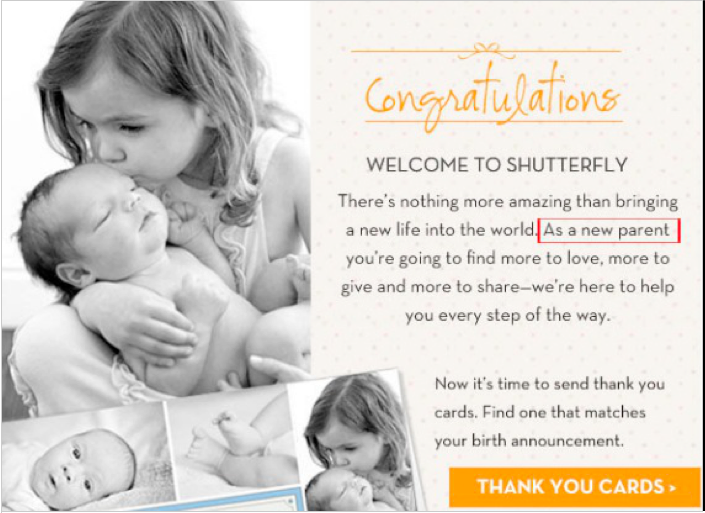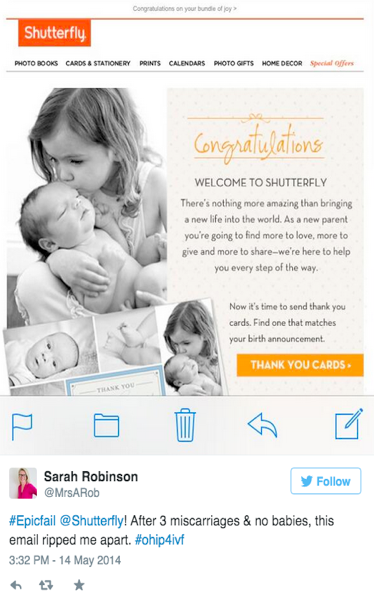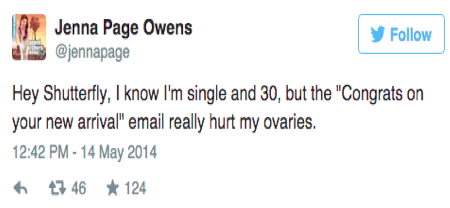Nurture sequences, when used to their full potential, are great for increasing customer retention and also making life easier for email marketers.
But it is very easy to make mistakes when creating nurture sequences, sometimes these mistakes will be obvious to you, and sometimes they won’t.
In this blog, we’re going to list 5 mistakes to avoid in your nurture sequences that you may, or may not, know you’re making!
Mistake #1: You don’t have a strategy
There is little point in creating nurture sequences if you do not know why you want them. Obviously, the overall aim is to nurture leads into becoming customers, or nurture current customers to re-purchase.
But, each and every workflow needs its own clear strategy in order to work successfully, and a lot of marketers make the mistake of not having individual strategies. You need to look at your nurture sequences and ask:
‘Where are these leads going next?’
‘Why am I sending these emails?’
Keep asking yourself questions like this until you are confident that you have a clear strategy for each sequence.
Mistake #2: You don’t measure
If you don’t measure your nurture sequences, then you’ll never be able to improve them.
It’s as simple as that.
You will continue to make the same mistakes and never know when or where you’re going wrong.
There are several metrics that you can measure to improve the success of your nurture sequences, one of the most important is performance. By measuring the performance of your sequences, you’ll be able to find out how many of your emails are being delivered, how many are being read, and how many are actually being engaged with. All of this information can help you to improve your nurture sequences, so it is vital that you measure every metric you can.
Related reading: 4 metrics to measure the success of your workflows
Mistake #3: You have no control over your frequency
Frequency is a delicate matter for email marketers.
You have to get it just right.
You need to have a frequent presence in your customers’ inboxes so that they don’t forget about you, however, you don’t want to send emails too frequently. Studies have shown that 35.4% of consumers unsubscribe from emails because they are sent too frequently.
When you set up your nurture sequences, it can be easy to forget to account for the specific personalisation of each customer. We’ll talk more about personalisation in the next section, but it’s also important to mention personalisation in line with frequency, because some customers will use your product or service more frequently, and this may cause them to receive more emails from you.
For example, if you own a hotel and you have a nurture sequence that automatically sends out a ‘Rate your stay‘ email three days after check out — that’s great! BUT, if you have people that frequently stay at your hotel, such as businessmen and women, then you will have to take them out of this nurture sequence and create a new one for them. A less frequent one that sends an email like ‘Rate your month/year with [Company Name]‘. This is important for customer retention. The last people you want to unsubscribe from your emails are your most loyal customers.
Mistake #4: You don’t take advantage of personalisation
Customers like to be treated as individuals. In fact, these days they expect it. They expect you to know their name, and care about their experience as a customer. That’s why failing to personalise your nurture sequences is a fatal mistake.
Inboxes receive so many messages each day, and no one is going to spend a lot of time on an email addressed:
“Dear Sir“, or “To whom it may concern“, or worse, “Dear Customer“.
Of course, not getting their name right is only one minor problem caused by a lack of personalisation. Unfortunately, matters can be a lot worse. Take a look at the email below:
This email is not addressed to the customer by name, but at least they targeted it so that it would just reach new parents, right?
Wrong!
This email was not personalised, and so it was sent to many childless customers who did not appreciate the email:
Personalisation may seem like a nice value add, but in reality, failing to personalise your nurture sequences is a mistake that can lose you customers.
Mistake #5: You don’t automate
Just like customers expect personalisation, they also expect automation. It’s unnerving to buy a product or service from a company and not get an automatic response to let you know that your payment was successful, and that your order is being processed. Just like it’s frustrating to email a company with a query or complaint and not get an auto-response to give you an estimated time of when they will get back to you.
Automation and nurture sequences should go hand in hand. After all, the actions in the sequence, and the emails sent from it, should be triggered by your customers. However, depending on what tool you use, it won’t always be as easy as that.
At Instiller, we’ve created a brand new, easy-to-use tool called Automation. It allows you to create efficient workflows with ease, so you should definitely check it out!
So there you have it: Five mistakes to avoid in your nurture sequences!
We all make mistakes, there’s no avoiding that. But now you know of these mistakes, and how to avoid them, you can make your nurture sequences more successful than ever.
Want to talk more about nurture sequences? Get in touch!


